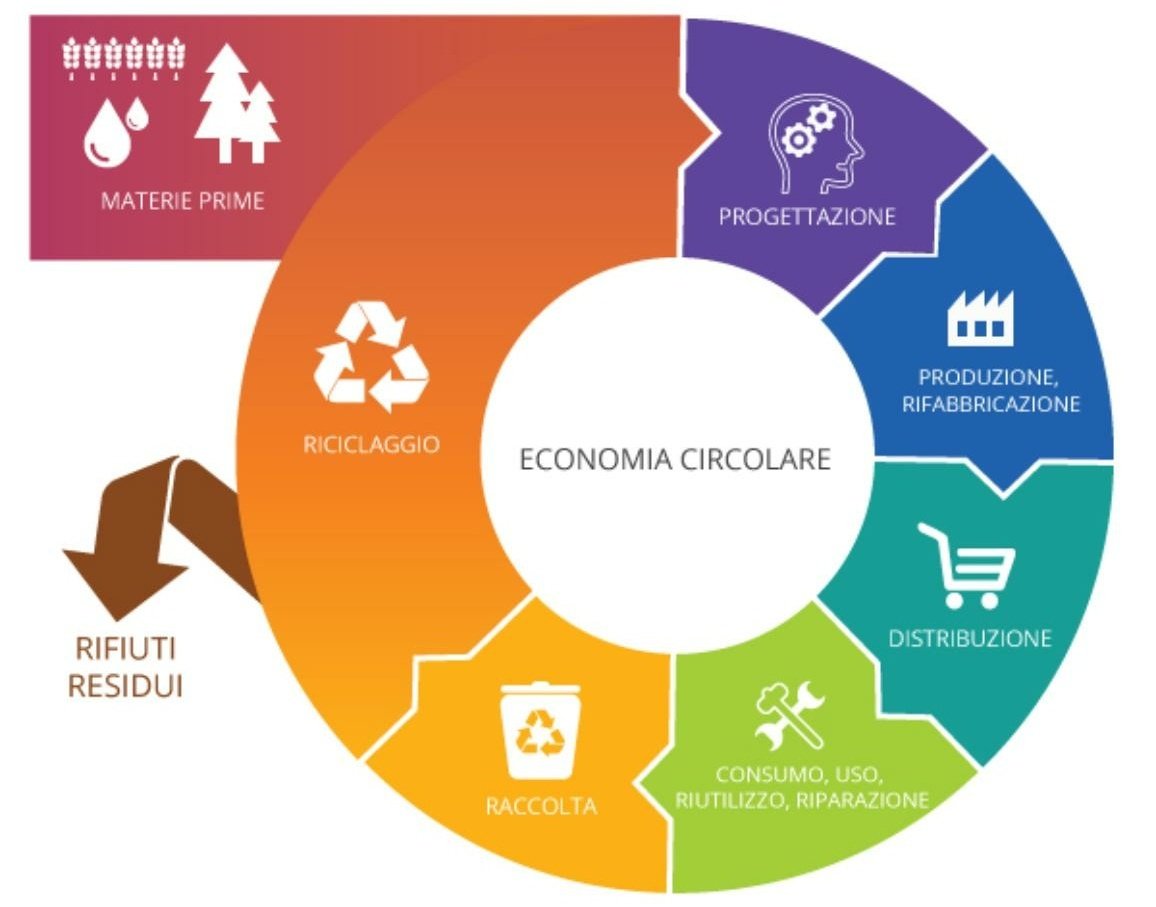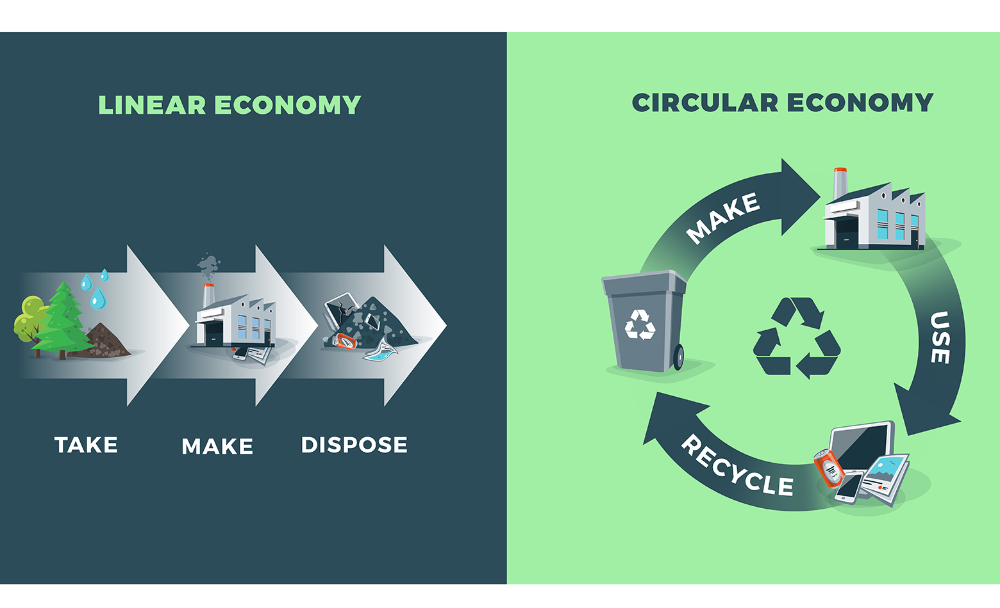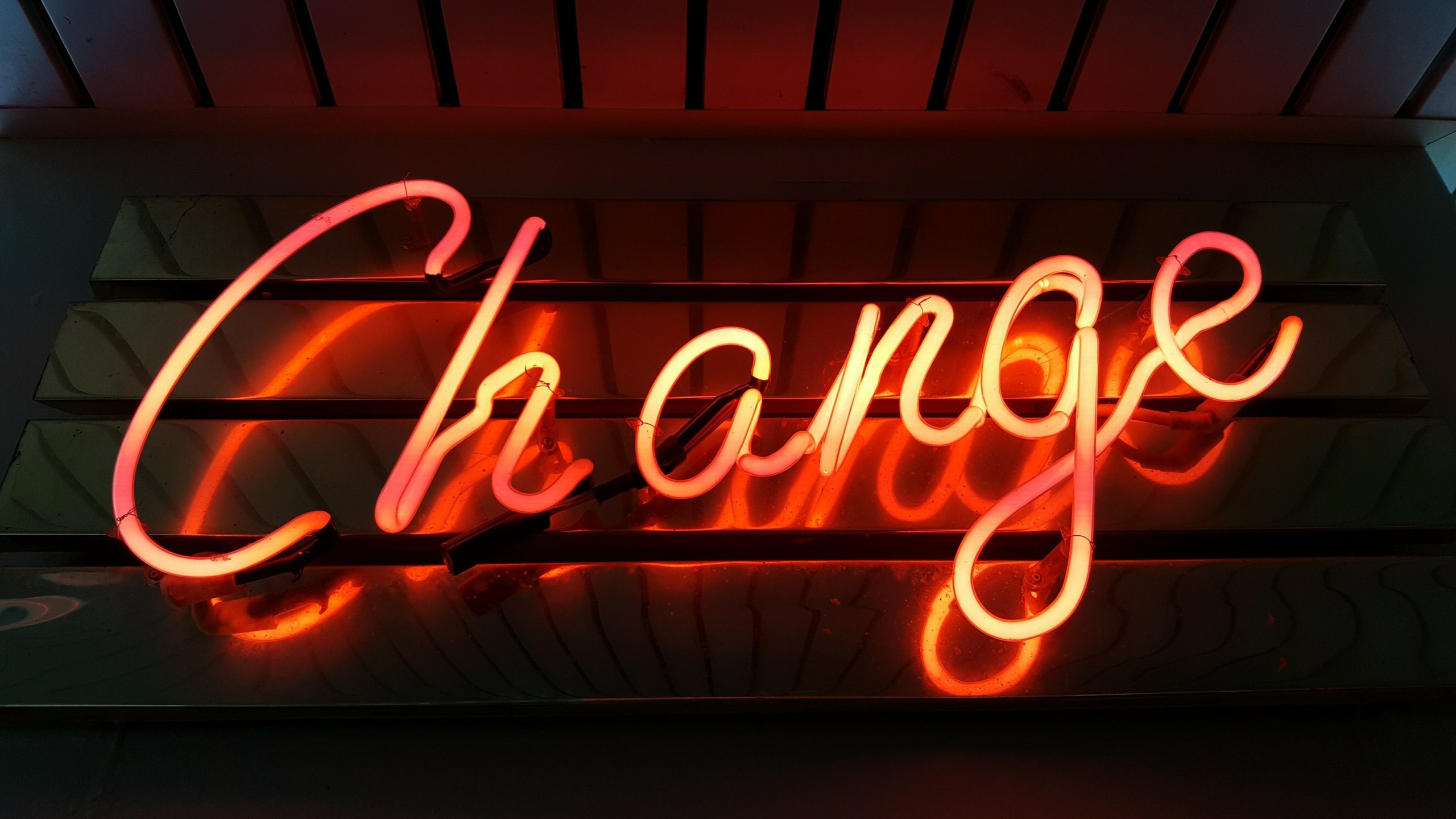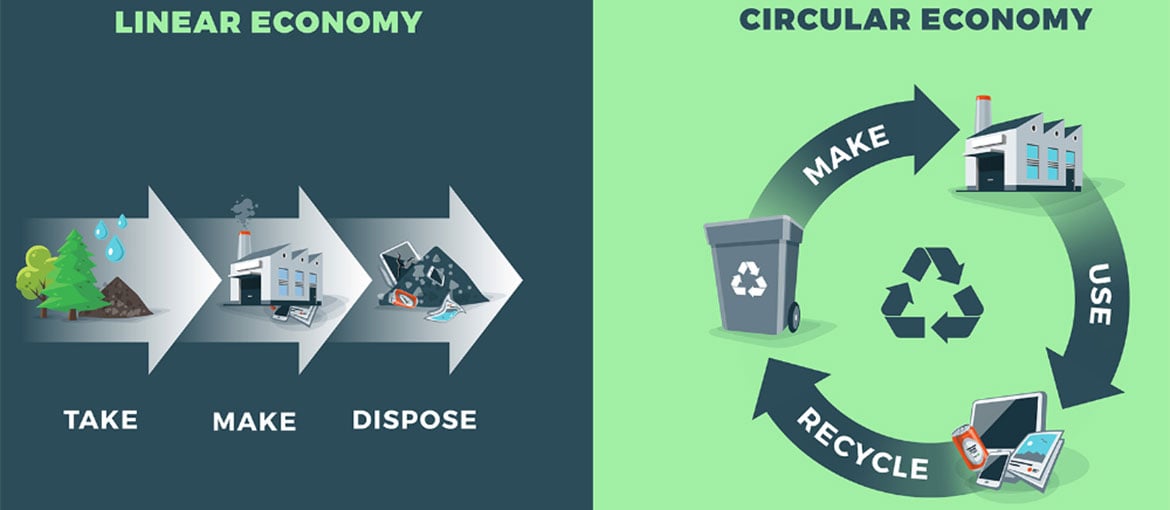Table of Contents
The circular economy is being talked about more and more often – it is on the agenda in both the political sphere and in public institutions, and businesses and individuals are increasingly familiar with the concept too. We all know that the circular economy is associated with sustainability, but what does the phrase actually mean?
Today we’ll try to describe what the circular economy is in our own words, with a few statistics and examples to help us out.
Defining the circular economy
Here is a brief definition of the circular economy:
Just like in the natural world, where one organism’s waste becomes energy for another (like animal droppings that provide nourishment for microbes), a circular economy is a system where everything is structured so that waste is turned into a resource for someone else.
What exactly is the circular economy?
The circular economy is a generic term, which can include a range of actions, solutions and strategies. It involves the use of renewable energy and materials.
Products within a circular economy are designed to last as long as possible and to be easier to reuse when they reach the end of their life cycle. When it comes to dispose of them, the components are designed to be easily disassembled, and the majority of the raw materials should be recycled with as little reduction in their value as possible.

There is also much greater attention on repairing products – something businesses must seek to enable wherever possible – and reconditioning them. This means rethinking the concept of ownership: many products, such as electrical appliances, for example, are no longer purchased, but instead hired from the manufacturers who later recondition them.
Another way the classic concept of ownership is being left behind is through greater focus on sharing and lending. A classic example of this is cars: they tend to spend the majority of their time parked and unused, while car sharing services make much more effective use of a single vehicle’s potential.
Here’s an interesting video on the circular economy produced by the Ellen MacArthur Foundation, a charity founded by a former British sailor to promote the circular economy across the world.
The invention of the circular economy: from a linear to a circular model
People started talking about the circular economy way back in the 1970s. But why use the word ‘circular’?
To better understand what the circular economy is, all you need to do is compare it with the current, linear economic model. In the current model we extract raw materials from the earth, turn them into products and, once we have finished using them, we throw them away, thereby creating waste.
The linear model is based on a take-make-dispose model: we take raw materials, make products, and dispose of them as waste.

A circular economy, meanwhile, changes the linear model. It is called ‘circular’ because there is no longer any waste produced: the products that reach the end of their life are reintroduced into the production cycle as recycled materials or products that can be reused. The words associated with the circular economy are therefore reduce-reuse-recycle:
- Reduce consumption, the amount of raw materials needed and energy use
- Reuse products
- Recycle raw materials
What are the benefits of the circular economy?
The circular economy is based on greater attention to how products are designed. The products themselves are worth more because they are built to last longer and because high-level expertise is used in their design.
For this reason, some oft-cited benefits of the circular economy are improved competitiveness, a drive towards innovation and economic growth, and improved employment rates. For example, the European Union estimates that 700,000 new jobs will be created by 2030 as a result of the circular economy.
Other benefits of the circular economy are:
- Reduced pressure on the environment. Less waste, less pollution and reduced use of raw materials.
- Greater security in raw material availability
How Europe and the UK are fostering the circular economy
These benefits of the circular economy explain the interest in European countries of promoting this new economic model. Many observers believe the circular economy will enable European businesses to remain competitive on the global market, reducing dependence on foreign materials and reducing their environmental impact.
The UK is one of Europe’s best-performing countries for the circular economy according to a 2018 Politico report, which ranks the UK second in Europe, with only Germany outperforming it.
The EU, meanwhile, adopted its first Circular Economy Package (CEP) in 2015, a collection of actions and targets designed to facilitate the transition towards a circular economy in Europe.
In 2020, the European Commission published a Circular Economy Action Plan.
What is the Circular Economy Action Plan?
The Circular Economy Action Plan (CEAP), adopted by the European Commission in March 2020, is currently the European Union’s main strategic document on the circular economy.
It contains 35 actions – both legislative and non-legislative – to support the implementation of the circular economy in EU member states. The main purpose of the document is to send a clear message both to member states and to countries across the world that the circular economy will form part of European industrial strategy in the coming years.

The European Parliament has also recently clarified that transitioning to a circular economy is essential if the continent is to achieve carbon neutrality by 2050, one of the ambitious environmental plans in place to fight climate change.
The aims of the measures listed in the plan include:
- making sustainable products the norm within the EU;
- focusing on the sectors with the greatest potential for the circular economy: electronics and IT, vehicles and batteries, packaging, plastics, textiles, construction and buildings, foods, water and nutrients;
- reducing waste;
- becoming a global leader for the circular economy.
Some statistics on the circular economy
Let’s end with a few statistics on the circular economy, waste production and recycling, looking at the UK as well as a European and global level.
- In 2016 the world produced 01 billion tonnes of solid waste.
- The richest countries have produced 34% of global waste, despite representing just 16% of the world’s population.
- Some estimates state that, if things don’t change, by 2050 the global population will be producing 4 billion tonnes of waste a year.
- In the EU, producing the materials we use every day accounts for 45% of CO2 emissions.
- 58% of Europe’s waste was recycled in 2018.
- The UK is in the middle of the pack in terms of its recycling performance: just 44% of its waste is recycled.
- The UK far outperforms its European neighbours in terms of the value of its products. Every kilogram of resources consumed in the UK creates around €5 of GDP, compared to a European average of around €2.
- An ambitious circular economy strategy could create up to 450,000 jobs in the UK.
Now you have a more detailed grasp of the meaning and definition of the circular economy, do you think you can apply some changes, big or small, to your business?

